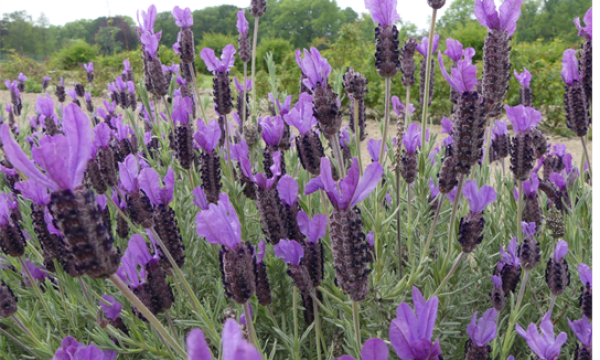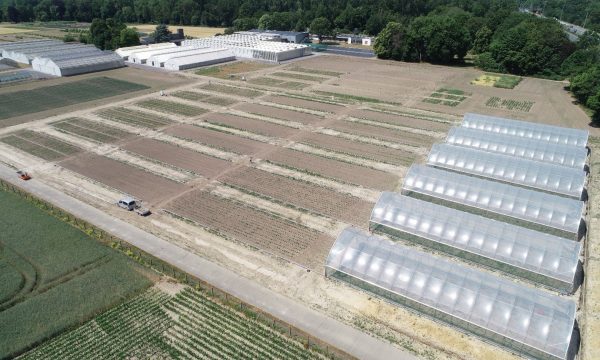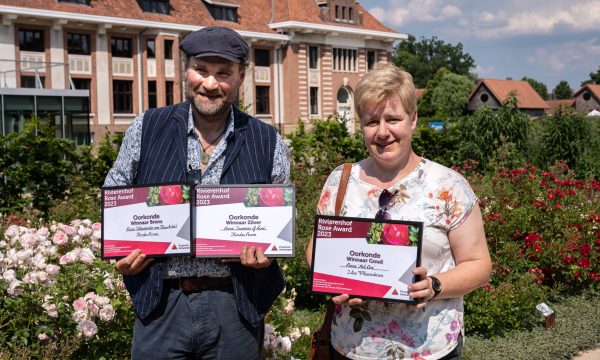Blog Bacterium hacks plant and makes them less susceptible to drought
Researchers fused leaves of chrysanthemum in a test tube with a bacterium and grew a new plant from it. When they grew these chrysanthemums in the greenhouse, they saw nothing at first.... Until the plants were given no water for a week and suddenly developed superpowers.
Back to the beginning for a moment. Consumers like perfectly shaped ornamental plants. In the case of chrysanthemum, that is often a nice spherical shape and preferably not too big, especially for those who only have a small balcony. To make such perfect plants, chrysanthemum growers keep plants in check with chemicals. Not really what we want for the environment and nature today, I hear you thinking.Believe me, those growers themselves no longer want that either. We have therefore set up a project together with a Flemish breeder of chrysanthemums to drastically reduce the use of these products in the future. My fellow researchers and I had already gained some experience in other ornamental plants such as pansies and osteospermum. We knew we had to succeed, but also that we had to be very patient.
What happens in the lab?
There, we brought chrysanthemum leaves into a test tube together with a soil bacterium (Rhizobium rhizogenes), then using some signaling molecules, we excited the bacterium to transfer a piece of its DNA (the Ri-DNA) into the plant. It hacks into the plant's DNA, so to speak, by sticking some information (the Ri genes) between them. From this fusion, special, hairy roots emerge. We call them that because they can sometimes look a bit fluffy.
From these roots we can then grow a complete plant in the lab, which has those extra genes in every plant cell. That's why we call this a Ri plant. Sounds simple right? But no, it certainly isn't. The hardest step is making complete plants from those hairy roots again. To do this, we cleverly take advantage of a special property of plants. Unlike humans and animals, plants can reprogram themselves completely. A cell in the root can miraculously reset itself and divide into a green blubbery mountain we call call callus. By administering the right plant hormones, one day mini-leaves are born at the top of the blubber mountain. With lots of food, light, warmth (and love from us lab technicians), these can grow up into a complete plant ... in the safe environment of a goblet. Then the adolescents still have to make the jump to the big greenhouse and prove they can make it all by themselves (and sometimes not). Magical ... but difficult.So we coddled thousands of roots and blubber mounds in the lab, and only very occasionally did a new chrysanthemum grow out of this. It was so rare that we even celebrated with a real baby shower!
Lees de volledige EOS blog
Bacterie hackt plant en maakt ze minder vatbaar voor droogte


